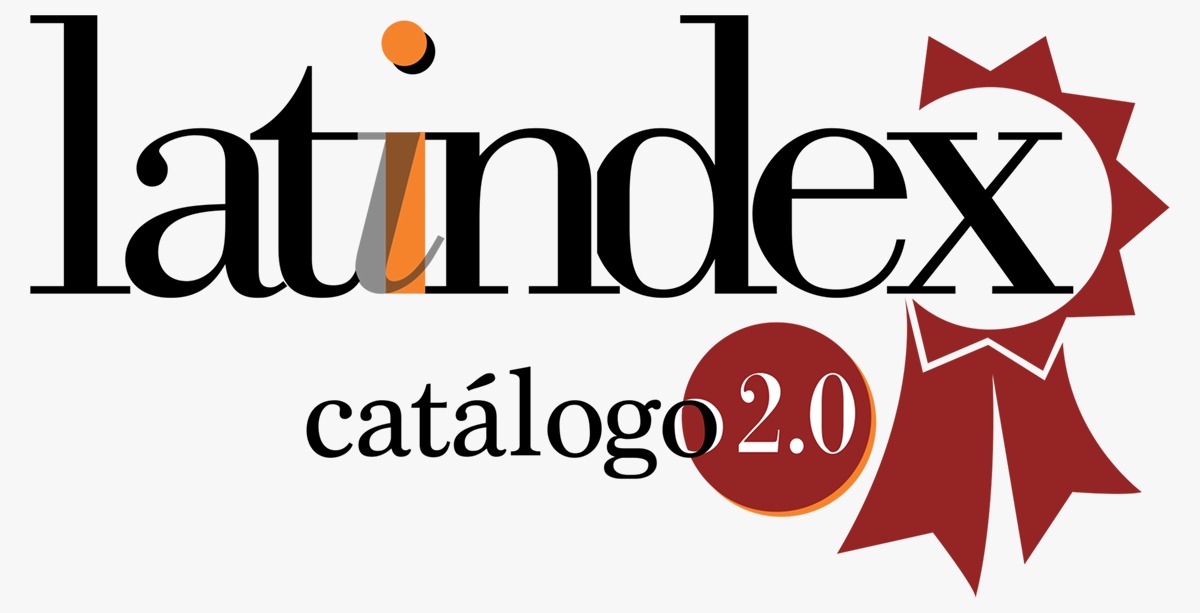Inverted writing pyramid: a strategy to improve oral fluency in learning English as a foreign language
DOI:
https://doi.org/10.29197/cpu.v13i25.250Keywords:
fluency, inverted pyramid, foreign language, cognitive instrument, learning strategiesAbstract
This action research project exemplifies the conscious and deliberate application of a learning strategy called "Inverted Writing Pyramid" which allows students to access a novel writing practice aimed at improving oral fluency in the learning of English as a foreign language. This project is based mainly on the conception of writing as a cognitive instrument, on the importance of fluency in the development of oral expression of foreign languages, and on the diversity of cognitive strategies involved in the learning processes. Its investigative-participatory design, under a reflective quest approach, favored an active participation of the target population during the six weeks of implementation. Based on the results, it can be concluded that the implementation of the strategy called "Inverted Writing Pyramid" showed that writing has a positive impact on the oral language of young adults in the advanced level.
Metrics
References
Anula Rebollo, A. (2002). El abecé de la psicolingüística. Madrid: Arco Libros
Bigas, M. y Correig, M. (editoras). (2000). Didáctica de la lengua en la educación infantil. Madrid: Editorial Síntesis
Bräuer, Gerd. (2000). Writing Across Languages. Stamford, CT: Ablex Publising.
Brown, H. D. (2014). Principles of Language Learning and Teaching. Londres: Pearson Education
Bygate, M. (2000). “Speaking”. (O.U.P., Oxford, 1987), en Alcoba, S., (2000). “La expresión Oral”. Barcelona: Ariel
Carlino, P. (2005). Escribir, leer y aprender en la Universidad. Buenos Aires: Fondo de Cultura Económica
Carlino, P. (2013). Escribir, leer y aprender en la universidad. Una introducción a la alfabetización académica. Séptima reimpresión. Argentina: Fondo de Cultura Económica
Carlino, P. y Martínez, S. (2009). La lectura y la escritura: un asunto de todos. Editorial de la Universiad Nacional del Comahue. 9876041231, 9789876041232
Castillo, S. y Cabrerizo, J. (2006). Formación del profesorado en educación superior. Vol II.Madrid: McGraw Hill
Kroll, B. (1991). Second Language Writing. Cambridge: Cambridge University Press
Lantolf, J. (2000). Introducing sociocultural theory. En J. Lantolf (Ed.), Sociocultural theory and second language learning (pp. 1-26). New York, NY: Oxford University Press
Lennon, P. (1990). Investigating Fluency in EFL: A Quantitative Approach in Language Learning. 40:3, pp. 387-417
MacArthur, C.A., Graham, S. y Fitzgerald, J. (2008). Handbook of Writing Research. Guilford Press
Marco Común Europeo de Referencia para las Lenguas: Aprendizaje, Enseñanza, Evaluación.(2002). Madrid. Consejo de Europa; Ministerio de Educación, Cultura y Deporte. Instituto Cervantes para la traducción en español. Recuperado en:http://cvc.cervantes.es/obref/marco/
Martinelli, S. (coord.) (2000). Methodology in language learning T-Kit. Council of Europe Publishing
OXFORD, R. (1990). Language Learning Strategies: What every teacher should know. New York: Newbury House
Prada Macías, E.C. (2004). La fluidez y sus pausas: enfoque desde la interpretación de conferencias. Granada: Comares
Rabéa, B. (2010). El desarrollo de la expresión oral en lengua extranjera. Universidad De Bouzaréah. Recuperado de: http://cvc.cervantes.es/ensenanza/biblioteca_ele/publicaciones_centros/PDF/argel_2010/02_rabea.pdf
Downloads
Published
How to Cite
Issue
Section
License
Unless otherwise indicated, all articles in this journal are published under a
Licencia Internacional Creative Commons 4.0 Atribución-NoComercial-CompartirIgual .
The authors retain the copyright and assign the right to the first publication to the magazine.









